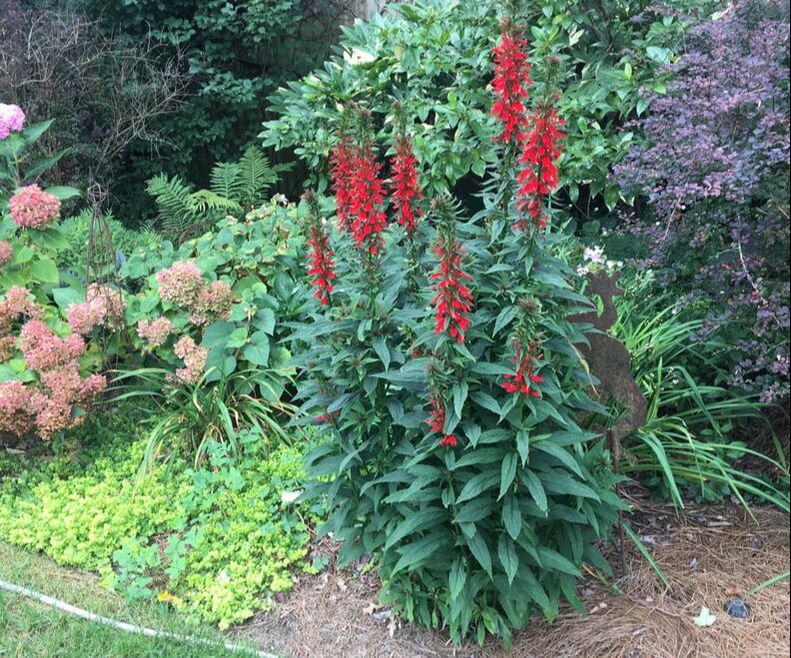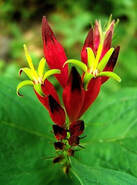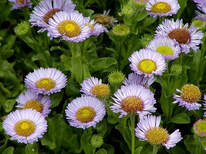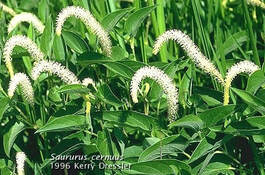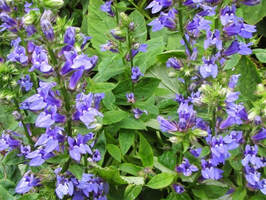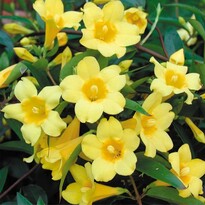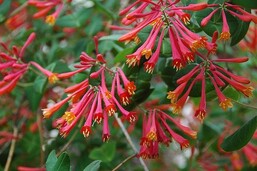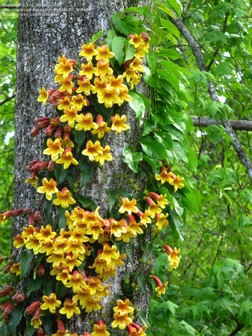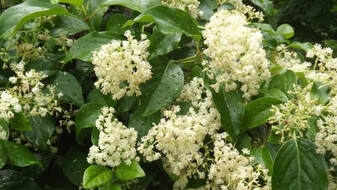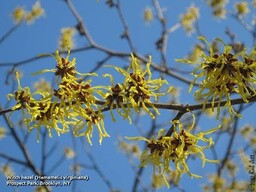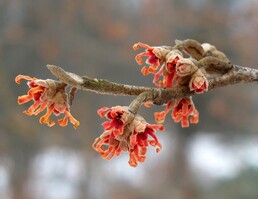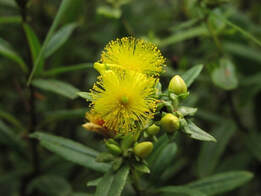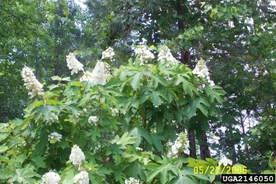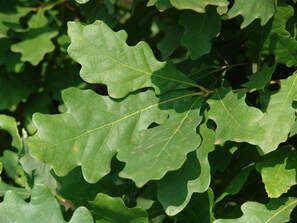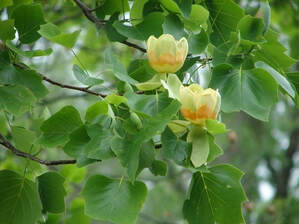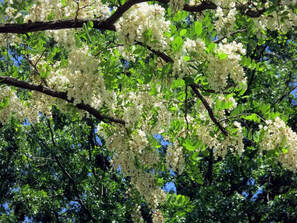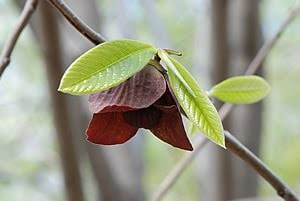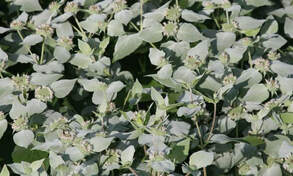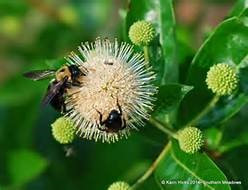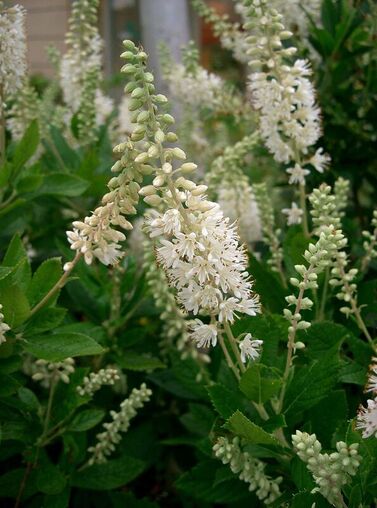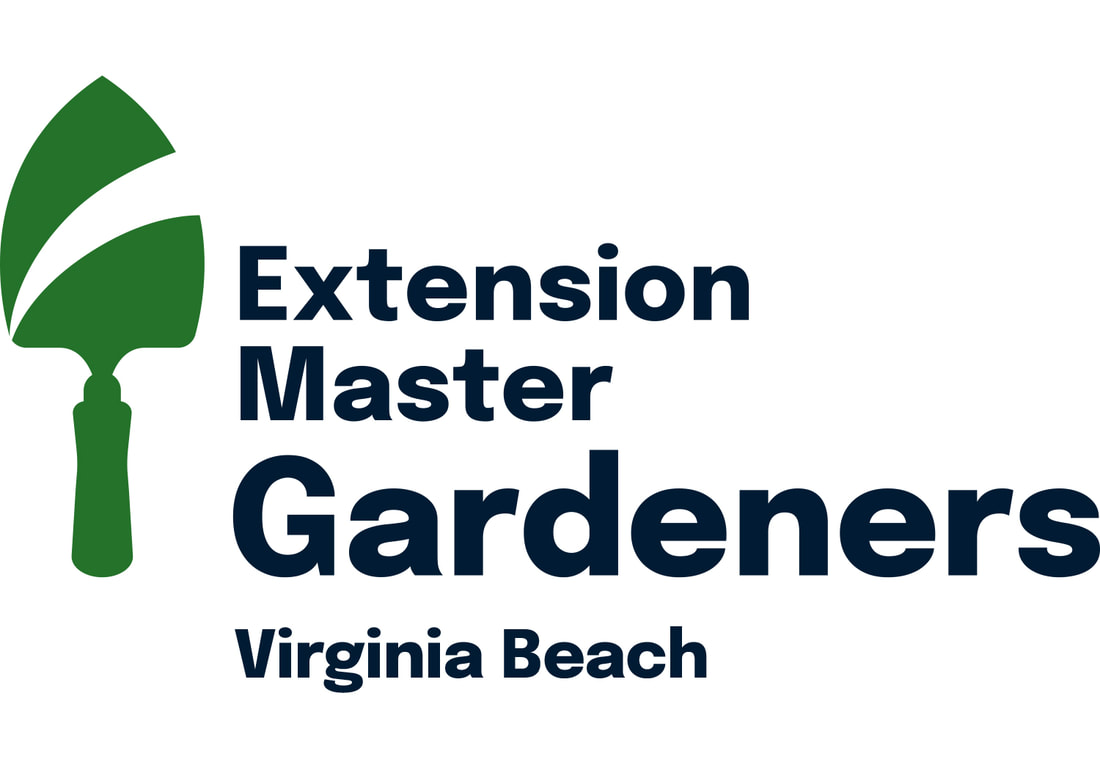|
It’s rare to watch a gardening program or read a gardening article these days without running across the term “native” plant. What exactly IS a native plant? Generally, a “native” is described as something that grew naturally and locally in an area long before human involvement, whether from European or other contact. Native plants have coevolved with the variety of life forms at all levels that sustain the biodiversity of a region. Biodiversity is the term for every living thing in an area, all the various species, including bacteria, plants, insects, birds, animals and humans, that are dependent upon each other for survival. Incorporating native plants into any landscape has several advantages. Because they have already adapted to local soils, newly planted natives will establish themselves quickly. They are generally quick growing, super tough, and long lived without a lot of fuss. Natives are tolerant of regional climate challenges such as drought, flood, humidity, heat, frost, etc. Once established, natives have reduced maintenance needs. They require less fertilizers and, because of their natural protections, are more resistant to disease, drought, and pests. Due to the growth habits and denser root structures, native plants aid soil and water conservation by keeping soil in place and storing water where most needed. Perhaps most important, natives create natural wildlife habitat in your garden by providing fruit, nectar, seeds and nuts year round for local and visiting mammals, birds, butterflies, and insects needing food and shelter. There are native plants to choose from for all the various site conditions, whether your garden has shaded woodland or full sun, boggy wetlands or dry shady areas, or a mixture of these. You will find a dazzling variety of natives to choose from that provide all-season interest in the form of perennials, vines, wildflowers, ground covers, trees, evergreens and shrubs. And as a bonus to being usually hardier than non-native choices, native plants are generous about reseeding, spreading, and being easy to divide, saving the expense of replacing or buying more plants to fill more area. Whether you are just getting into gardening or are a veteran, learning more about native plants and ways to incorporate them into any new or older landscape is worthwhile. If renovating an older garden, think about replacing non-natives that have died or passed their peak attractiveness with native species. There is a plethora of information online and in print to help you. My main purpose when starting my gardens 20+ years ago was to create butterfly habitat. That goal gradually expanded into creating pollinator habitat, and lately has morphed into being honey bee friendly as well. I love finding plants that are unusual and that not everyone else has. The following are just a few of the plants that I am particularly fond of:
|
AuthorRuth Burch Categories |
|
Virginia Cooperative Extension is a partnership of Virginia Tech, Virginia State University, the U.S. Department of Agriculture, and local governments. Its programs and employment are open to all, regardless of age, color, disability, gender, gender identity, gender expression, national origin, political affiliation, race, religion, sexual orientation, genetic information, military status, or any other basis protected by law.
|
Master Gardener Help Desk
|
